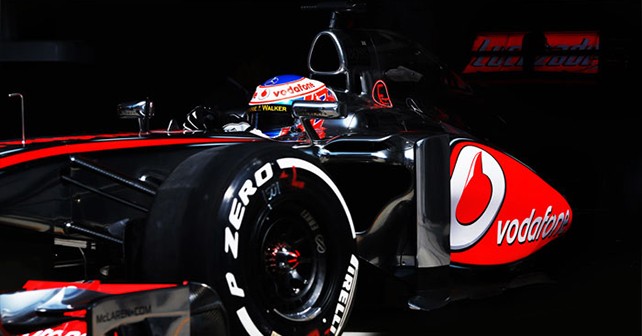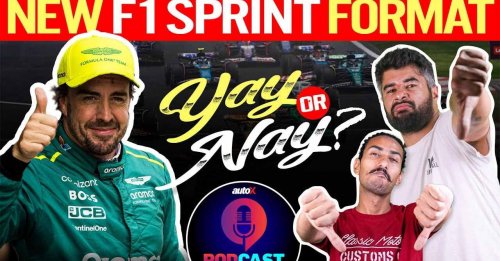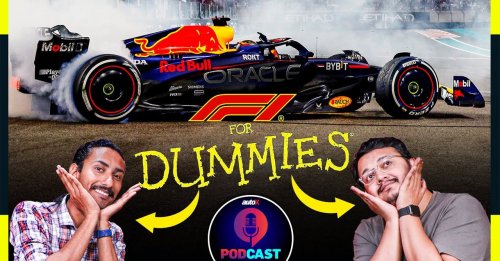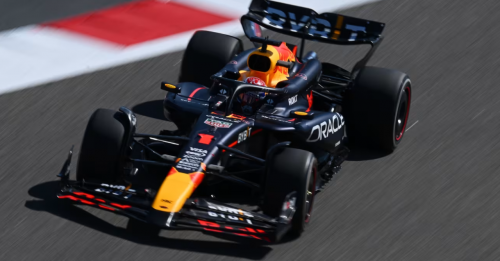
Pirelli joined Formula 1 as its ‘Official Tyre Supplier’ in 2011 to increase awareness about the company and its products. After all, an association with the pinnacle of motorsport has obvious benefits. While the interest in Pirelli and their tyres has gone up drastically, I am not sure if the talk has been entirely positive. And I say this only with reference to their Formula 1 spec P-Zero tyres.
When Pirelli entered the sport, the brief given to them by the FIA (and FOM presumably) was to create tyres that degraded quickly, which would lead to an increase in the number of pitstops during the race – thereby adding to the on-track action. Well, Pirelli delivered, and the number of pitstops increased. But,to avoid multiple pitstops, drivers started driving their cars in a conservative manner – and by that I mean ‘not on the limit.’ This conservative approach reached its peak (for me) when Button ‘asked’ his team for permission over the radio to overtake Hamilton in last month’s Chinese Grand Prix.
Formula 1 is the epitome of motorsport, where the fastest teams and drivers compete in the fastest cars to win – by driving on the limit! En route, they overtake, defend, and use pit stop strategies to beat competitors at their game. Infact, I can’t recollect when a driver last made a mistake while racing ‘on the limit.’ Most of the sport these days is down to pit stop strategy, where the driver with the most efficient tyre strategy wins.
Having grown up in a phase where drivers always drove on the limit (race, refuel + tyre change, race, and repeat), the current phase to me (where we have DRS) seems ‘fake’ – and more like entertainment rather than racing. While the decisions are as good as irreversible, especially mid-season, it would be interesting to see how we actually reached this impasse.
Aerodynamics play a heavy role in the sport in the modern era. In fact, aero efficiency is what team designers are out to achieve with almost every part of the car. Remember the aerodynamically shaped wing mirrors on the Ferrari in the 2000’s? With aero efficiency, we reached a stage where overtaking became very difficult (or you could say virtually impossible), given the wake that the rear wing of the car ahead would generate. This was one of the key reasons why we saw DRS introduced in the sport.
So, the issue of overtaking (or the lack of it) was solved with DRS.However, pit stops were also key. A fan survey had indicated that fans liked pitstops in the sport, but couldn’t understand the re-fuelling aspect of it. As a result, out went re-fuelling (and those expensive, but not-so-safe rigs) and the complexities they brought about. I still remember calculating fuel loads using math (1 second = 12 litres of fuel, so 6.5 seconds would be…).
Anyhow, in the middle, erroneously (in my view), we had one season where Bridgestone delivered a tyre that lasted the entire race – so the drivers came in only to re-fuel. However, this system was undone after a season (thankfully) to where we currently are today – with pit stops for tyre changes only. However, plain pitstops would take the element of ‘strategy’ out of the sport, and hence multiple compound tyres were introduced to ensure that it stays in the mix. The addition of tyres with a high wear rate would lead to more pitstops and overtaking on track. So, where we are today is the result of a few trials and lots of errors.
As a purist of the sport, I’m not too happy with where we are currently. I would love to see re-fueling and tyre stops back like they used to be in the Schumacher days. A formula that allowed drivers to be on the limit through various stages of the race – where, granted, we had slightly less overtakes, but the ones that took place were real, and we also saw some classical defensive driving. However, I also realize that I am no longer the ‘target audience’ for Formula 1.
With Formula 1 reaching out to newer territories, the older formula of the sport is not what new audiences are necessarily seeking. They are probably happy to see the DRS wing flip by to let a driver pass (doesn’t matter if it is artificial) and happier to see cars race in a Formula 1 Grand Prix like it’s an endurance race – with entertainment taking precedence over out-and-out on-the-limit racing. Given that the Formula 1 economy is running on the basis of this expansion, and acquiring new fans is the current mantra, I doubt if there’s much that can be done to change it. Another implication of the type of racing that we’re seeing at present is that the strategies are virtually impossible to follow. I, for one, was lost mid-way through the Chinese and Bahrain GP’s – especially in Bahrain, where we had 2, 3 and 4 stoppers all in the top 10.
For the moment, little can be done until a fundamental change in the regulations is brought about. However, this is certainly easier said than done!























Write your Comment